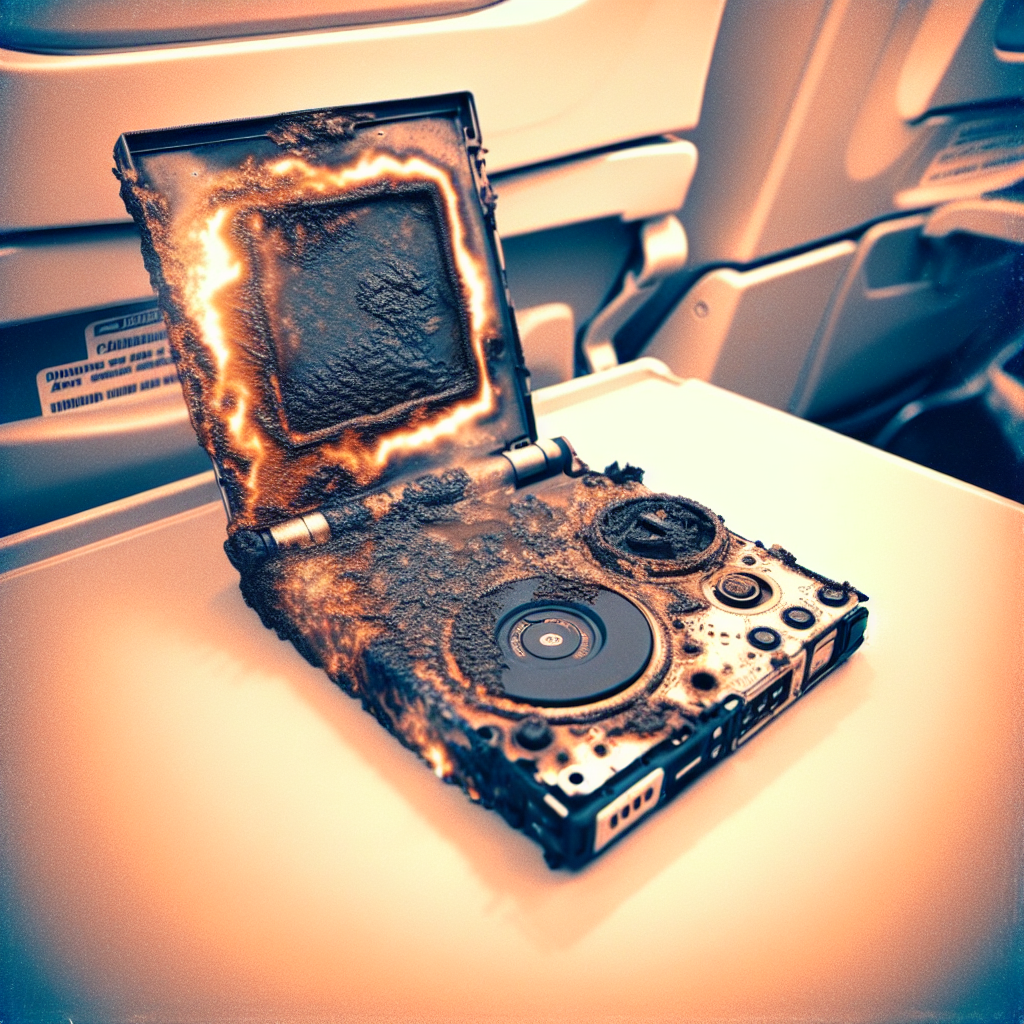
Mid-Air Crisis Averted: Quick-Thinking Flight Attendant's Decisive Action
Share
On January 11, 2011, passengers aboard Delta Airlines flight DL# 1036 from Salt Lake City to Atlanta experienced an unexpected scare when a personal electronic device began to overheat dangerously. Passengers nearby witnessed the device, belonging to one of their fellow travelers, growing hotter as the plastic casing started to melt. The anxious murmurs of concerned passengers filled the cabin.
However, despite the potential for this event to escalate into a full-blown emergency, disaster was averted thanks to the prompt and professional response of the flight crew. One of the flight attendants, demonstrating commendable quick thinking and composure, immediately took action, using water to cool down the overheating device, preventing ignition.
Although flames never erupted, the close call has since sparked important discussions on the potential dangers of personal electronic devices on flights and the necessary precautions that must be taken by passengers and airlines alike. This near-miss serves as a stark reminder that even without visible fire, the intense heat from a malfunctioning battery can pose a serious threat to in-flight safety.
The aftermath of the incident revealed the value of readiness and the importance of having accessible, effective safety equipment on board. Experts are now emphasizing the potential of innovative tools like the FireTowel—a revolutionary product designed to confront such risks head-on.

With its enhanced thickness compared to traditional fire blankets, weighted perimeter to securely trap smoke, and integrated handles for effortless maneuvering and securing, the FireTowel could offer an additional layer of safety for passengers and crew. If each seat were equipped with this life-saving device, individuals could respond to overheating electronics immediately, potentially containing and suffocating hazards before they can escalate, making the skies safer for everyone.
